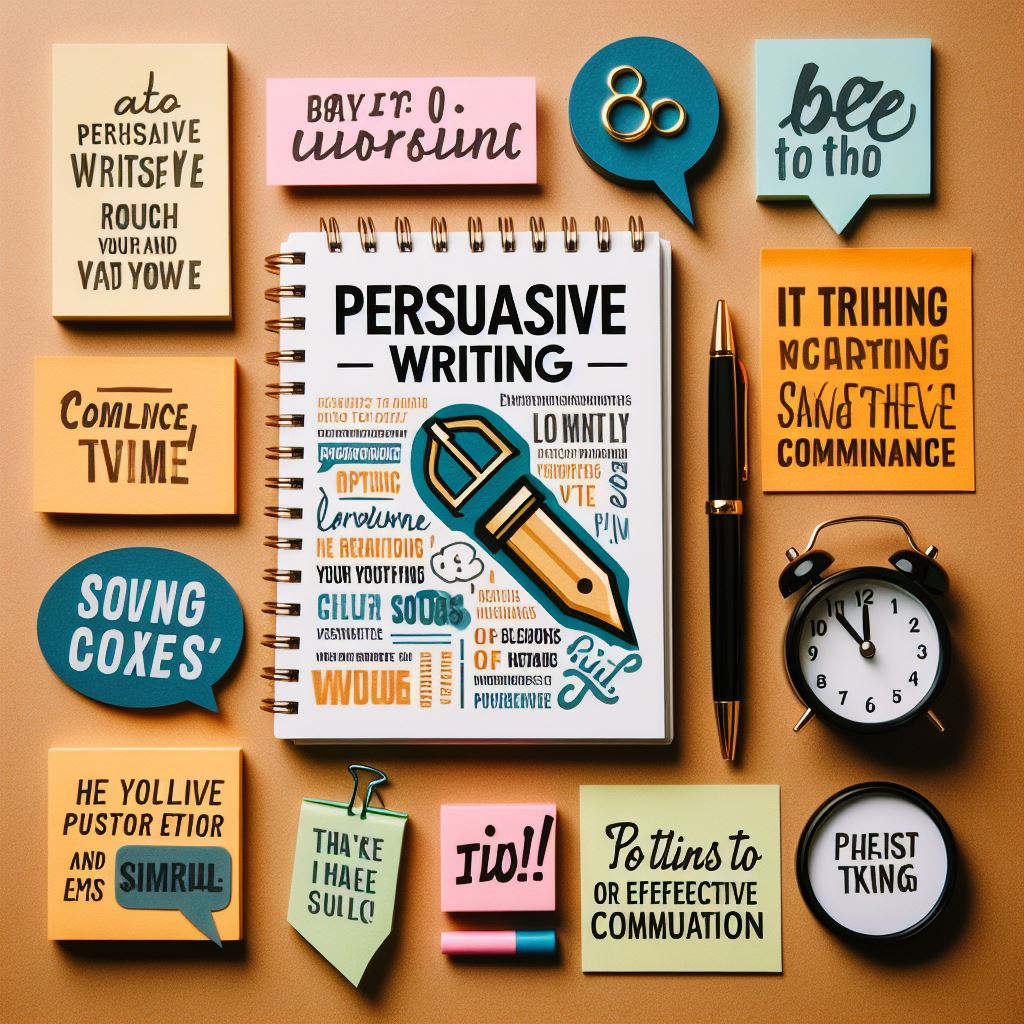How to Master the Art of Personification in Persuasive Writing
In the realm of persuasive writing, personification is not just a literary flourish; it’s a strategic tool that can elevate your message and captivate your audience. Let’s explore everything you need to know about the relevance of personification in the art of persuasion.

1. Defining Personification: Breathing Life into Words
Personification is a literary device that attributes human characteristics, emotions, or behaviors to non-human entities, ideas, or abstractions. In persuasive writing, this technique is akin to giving life to your words, creating a vivid and relatable experience for your audience.
2. Emotional Connection: Bridging the Gap
One of the key advantages of personification in persuasive writing is its ability to forge an emotional connection. By ascribing human traits to your message, you make it more relatable and engaging. Readers or listeners are more likely to connect with concepts that feel familiar and alive, enhancing the persuasive impact of your communication.
3. Vivid Imagery: Painting Pictures with Words
Personification injects vivid imagery into your writing, transforming abstract ideas into tangible, visual metaphors. Instead of presenting dry facts, personifying elements allows you to paint a picture in the minds of your audience. This not only aids in comprehension but also makes your persuasive message more memorable.
4. Creating Empathy: Winning Hearts and Minds
In persuasive writing, the goal is not just to convey information but to win hearts and minds. Personification helps you achieve this by creating empathy. When readers or listeners see elements of themselves in the concepts you present, they are more likely to be swayed by your arguments. Personification, therefore, becomes a bridge to empathy, a crucial factor in persuasive success.
5. Making Complex Ideas Accessible: Simplifying Without Patronizing
Persuasive writing often involves conveying complex ideas. Personification serves as a tool to simplify without patronizing. By humanizing abstract concepts, you break down barriers to understanding. This is particularly valuable when dealing with intricate topics that might otherwise alienate your audience.
6. Enhancing Storytelling: An Unforgettable Narrative
Stories are powerful vehicles for persuasion, and personification enhances storytelling. When you personify elements in your narrative, you infuse it with characters, motives, and conflicts, creating a dynamic and memorable tale. This narrative richness makes your persuasive message more compelling and resonant.
7. Strategic Tone: Tailoring Persuasion to Your Audience
The tone of your persuasive writing is crucial, and personification allows you to tailor it strategically. Whether you want to convey authority, warmth, urgency, or empathy, personifying elements lets you modulate your tone effectively, ensuring it aligns with your audience’s values and preferences.
Conclusion: Breathing Life into Persuasion
In conclusion, the relevance of personification in persuasive writing lies in its ability to breathe life into words, forging emotional connections, creating vivid imagery, fostering empathy, simplifying complex ideas, enhancing storytelling, and strategically modulating tone. As you harness the power of personification, you transform your persuasive message into a living, breathing entity that resonates with your audience, making your communication not just convincing but unforgettable.

